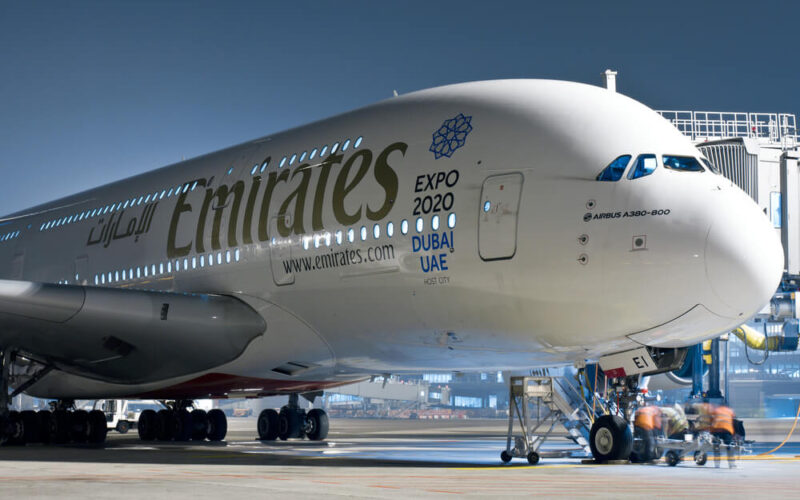Australia’s ATSB unveiled why Emirates forbids its A380 pilots from making RNP approaches in Australia and New Zealand. The prohibition tracks its roots to eerily similar incidents in Melbourne Airport, when passengers-carrying Emirates Airbus A380 superjumbos descended too low while on approach to the airport/ below controlled airspace.
The Australian Transport Safety Bureau (ATSB) ceased the investigation on two separate incidents, in both of which Emirates Airbus A380 superjumbos came dangerously close to the ground while attempting to land in Melbourne Airport (MEL) in the summer of 2016.
On June 25, 2016, Emirates A380, registration number A6-EDD, was finishing the flight EK407 and was arriving in Melbourne, Australia. After the air traffic controller cleared the aircraft and the pilots began the approach, the wide-body double-decker aircraft descended below the minimum assigned altitude for standard arrival route. For a moment, the aircraft operated outside of the controlled airspace.
Less than a month later, air traffic controllers in Melbourne experienced a déjà vu moment when another Emirates A380, operating the same flight EK407, came dangerously close to the ground in almost identical circumstances.
The superjumbo, registration number A6-EDM, just before the final approach descended below the minimum assigned altitude in a similar location as its predecessor. It was only after the ATC instructed the aircraft to climb back to 3000 feet, it climbed back to the altitude and continued for a safe landing, as Aviation Herald reported.
One possible reason why Emirates pilots made the controllers break out in a cold sweat was the difference on how the airline and Australian ATC personnel understood the approach. The investigation identified a difference in the profile view of the approach charts used by Airservices Australia and those used by Emirates.
“In these two incidents, each crew believed that they were conducting the approach and that descent below 3,000 ft was permitted by the clearance issued by the controller, while the controller believed the clearance would prepare the flight crew, but they would still fly the remainder of the STAR [standard arrival route – ed.note] procedure, at the last assigned altitude until passing SUDOS,” the Australian authority noted in the report issued on May 6, 2020.
The pilots were planning to descend to 2,000 ft, the minimum safe approach altitude marked on the approach chart between SUDOS and the final approach fix, before commencing the final approach, as noted in the report. Investigators also noticed that in both cases A380s were operating in pilot selected modes as they descended out of controlled airspace, chosen by the flight crew to manage the reduced track distance flown. After the incidents, Emirates prohibited their A380 flight crew from conducting RNP approaches in Australia and New Zealand.
A year after the incidents took place, Melbourne Airport implemented a ground-based augmentation system and removed the Runway 34 RNP approach. Airservices Australia aligned their charts to International Civil Aviation Organisation standards, adding an altitude clearance level to its climb and descent clearances charts.
Australian investigators are not the first ones examining occurrences when Emirates superjumbos’ pilots came too close to the ground. In April 2020, the UAE’s General Civil Aviation Authority (GCAA) closed a three-year investigation of a serious incident, during which the airline’s A380 descended below the 500 meters cleared altitude in Moscow.
On September 10, 2017, Emirates flight EK131, carrying 448 people onboard, was incoming from Dubai (DXB), the UAE, to Domodedovo International Airport (DME) in Moscow, Russia. Having reached the destination airport in Moscow, the aircraft was cleared for approach on the 14R runway and was on the base leg, when it descended below its cleared altitude of 500 meters. Neither pilot was aware that the aircraft was below this point, and found it out only after the Radar Controller warned them to stop the descent, as outlined in the investigator’s report.

